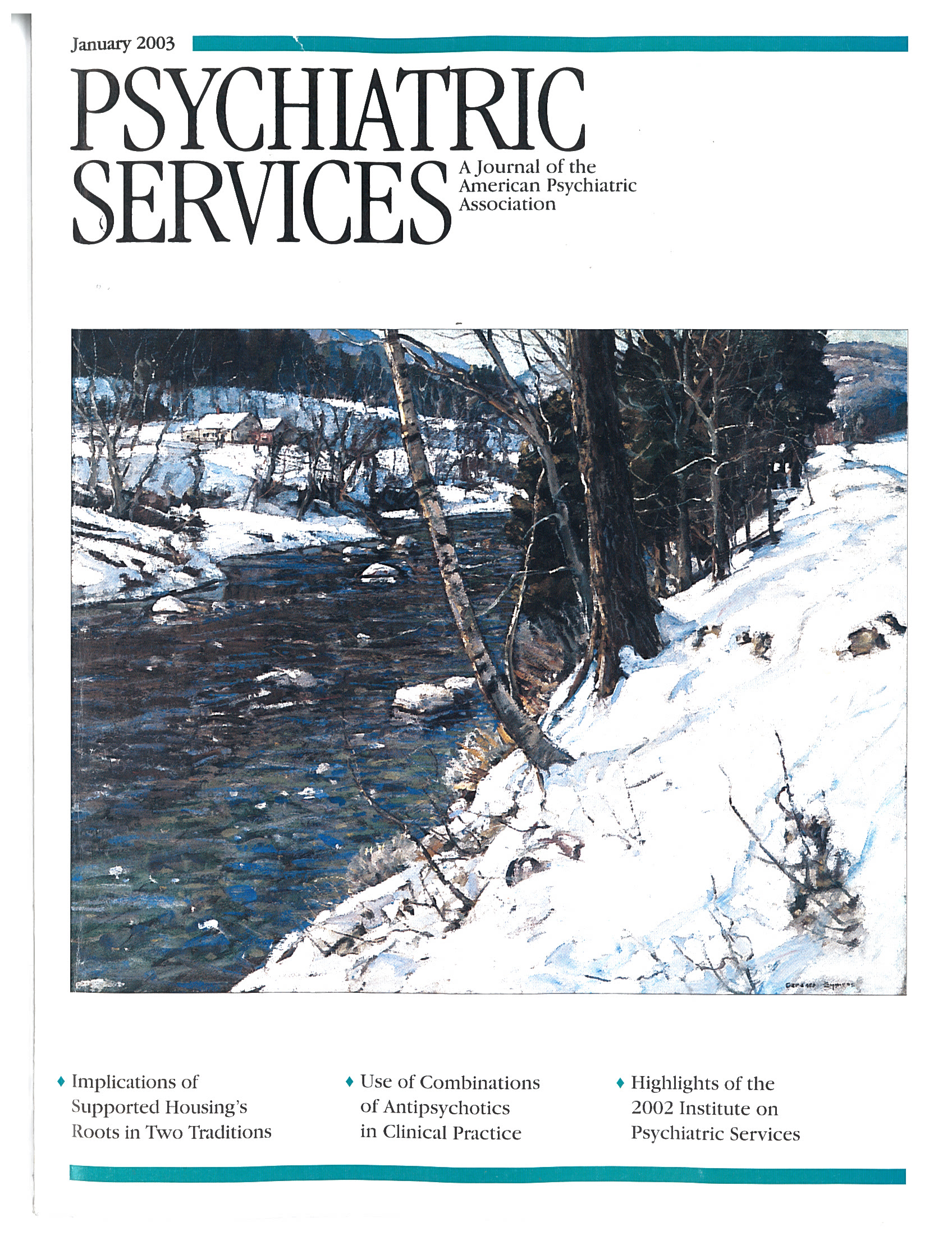This Month's Highlights
Enhancing Psychotherapy in Managed Care
Aggressive monitoring of outpatient psychotherapy by managed behavioral health care organizations has alienated many practitioners, and studies have shown that the administrative costs of such keen oversight may not be justified. How much management is necessary to ensure appropriate care, minimize friction with clinicians, and avoid high administrative costs? In this month's lead article, William Goldman, M.D., and his colleagues report on a study of four years of data from a program implemented by United Behavioral Health to flexibly manage outpatient psychotherapy by influencing the practice patterns of providers. The program encouraged clinicians to attend to treatment planning and provided routine oversight by a clinical psychopharmacologist. The authors compared the treatment of 18,000 program patients with 11,000 non-program patients. They found a lower incidence of medication prescribing errors and therapist switching among program patients. No differences were observed in the likelihood of early termination or of having multiple treatment episodes. Cost savings realized by the program did not appear to be at the expense of care; however, the authors note that the study is only a first step in opening the "black box" of specialty managed mental health care (see page 41).
Two Genealogies of Supported Housing
Kim Hopper, Ph.D., and Susan M. Barrow, Ph.D., describe two distinct traditions that have informed the supported housing movement and have shaped the character of programs that house people with serious mental illness. The first— "housing as housing"—originated in the mental health field and advocates normalized, less-structured alternatives to clinically managed residential programs. The second— "integrated housing development"—stems from the movement to combat homelessness by preserving and creating affordable housing for diverse impoverished groups. The authors describe the distinctive premises, guiding concerns, and developmental logic of each lineage. One of the authors' aims is to help ensure that outcomes assessment of supported housing programs takes into account the different notions of social good represented by the two traditions (see page 50).
Combination Antipsychotic Therapy
Surveys suggest that up to 25 percent of outpatients with schizophrenia receive more than one antipsychotic, despite the lack of controlled trials of such combination therapy and the recommendations of experts that it should be used only as a last resort. Andre Tapp, M.D., and his colleagues sought to determine why clinicians prescribe antipsychotic combinations by examining data for nearly 1,800 outpatients who were receiving at least one antipsychotic. They found that 93 patients (13 percent) received combination antipsychotic therapy of more than 30 days' duration. In most cases (62 percent), a conventional antipsychotic was added to an atypical agent. The main reason for prescribing a secondary antipsychotic was to improve persistent positive symptoms. Some clinicians had intended to switch a patient to an atypical antipsychotic but found the combination so advantageous that they were reluctant to discontinue the conventional agent, even though the patient had not been tried on the atypical antipsychotic alone. The authors conclude that because such combination therapy is prevalent, studies assessing its risks and benefits are urgently needed (see page 55).
Use of Multiple Psychotropics by Children and Adolescents
Among the more than 196,000 children and adolescents enrolled in Medicaid managed care in Connecticut from June 1998 to July 1999, nearly 5 percent received at least one psychotropic medication, and 13.6 percent of those who received any psychotropics were taking more than one. Andrés Martin, M.D., M.P.H., and his colleagues used multiple logistic regression models to determine characteristics associated with use of psychotropic drugs. They found that youths who were taking psychotropics, either alone or in combination, were significantly more likely to be in state custody, male, and older and less likely to be African American or Hispanic. The authors note that more research is needed to ensure the use of rational polypharmacy among youths (see page 72).
Briefly Noted…
• A report on the 2002 Institute on Psychiatric Services highlights current issues in public-sector psychiatry (see page 12).
• The Law & Psychiatry column describes shortcomings in California's new outpatient commitment statute (see page 26).
• The promise of independent external review of health plan coverage as a way to strengthen the consumer voice is addressed in the Managed Care column (see page 24).



